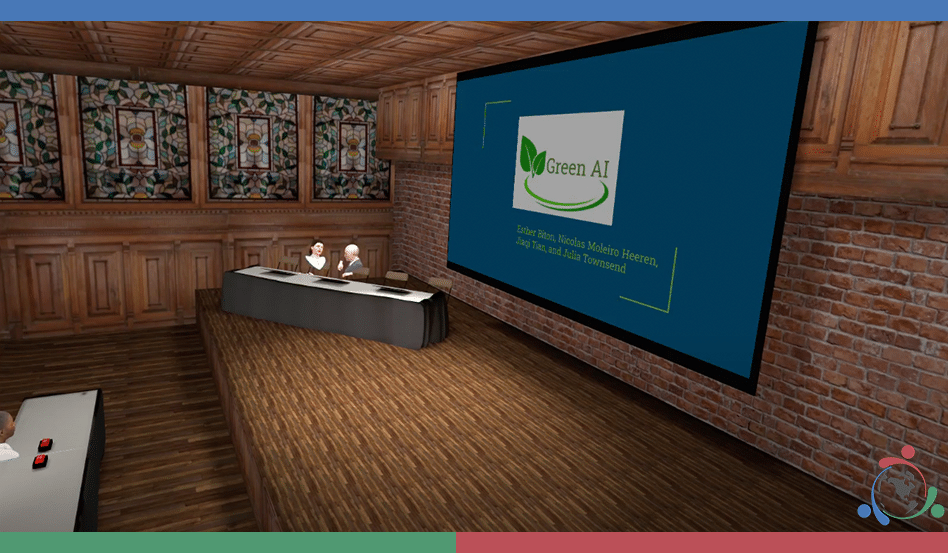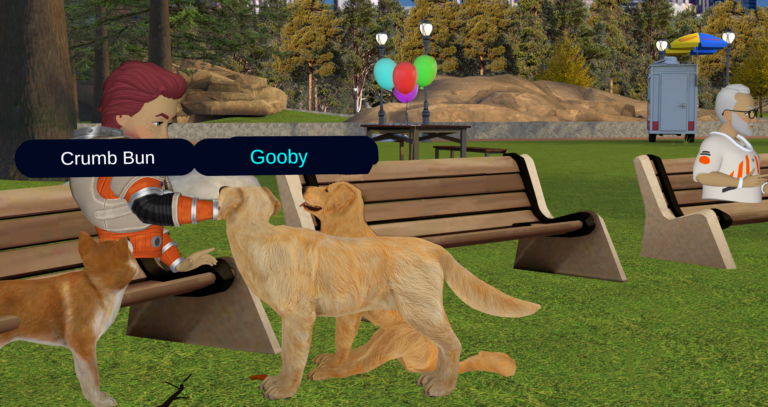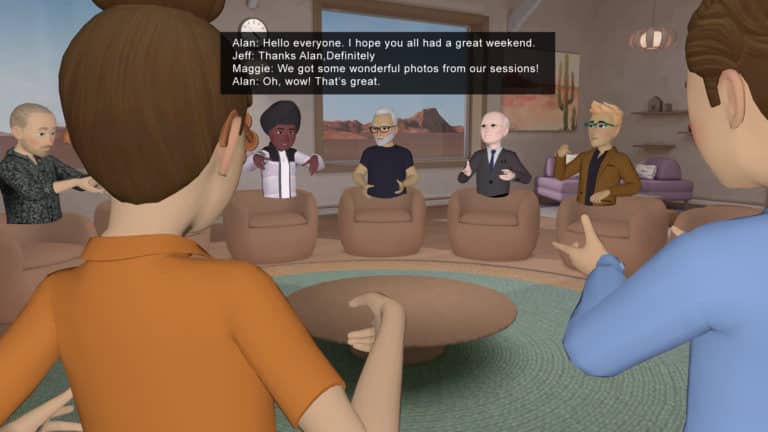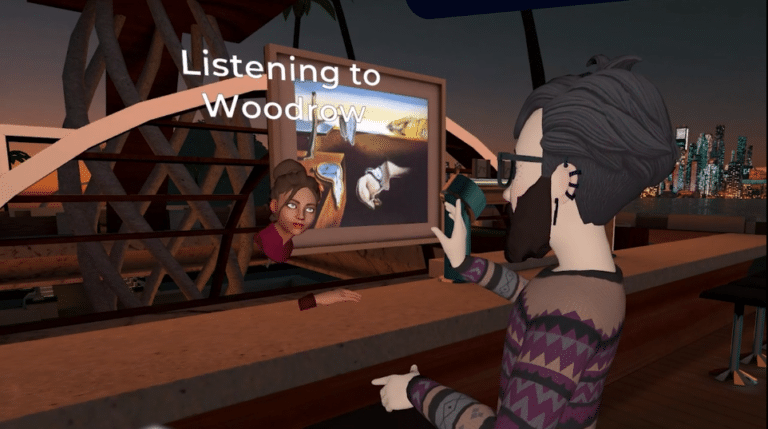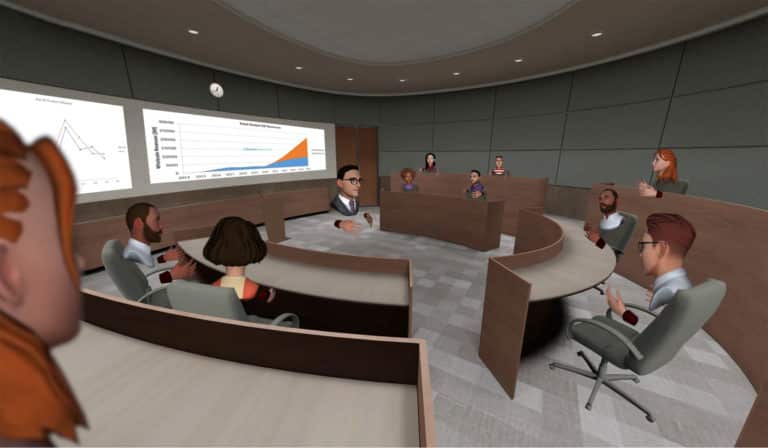Research indicates that remote work will equal, if not surpass, fixed office locations by the year 2025. Already, 70% of professionals work remotely at least one day a week and over 50% work remotely half the week.
And there are good reasons as highlighted in this recent article that lists 17 benefits remote working brings to both employers and employees. Among them are the fact that remote workers are 13% more productive – mainly due to taking fewer sick days, 83% of workers feel they would be happier working from home, and companies save $11k annually per remote worker.
But what is sometimes overlooked with all of the benefits of remote working is the feeling of isolation that can occur when teams are dispersed. Lost are shared lunches with colleagues, cross-functional events that bring different teams together, and after work happy hours.
And this can have real effects. According to a recent Gallup study, perceived workplace isolation can lead to a 21% performance drop while another study from Future Work found feelings of isolation having significant effects on employee engagement and retention.
While platforms like Slack and WebEx allow teams to communicate instantly through text or through scheduled video chat, they do not replicate the feeling of presence and connection that occurs with face-to-face interactions and meetings around the office.
Enter virtual reality, a technology that opens the door to providing a shared environment for people who are located remotely from each other. For similar reasons people who work remotely or independently look for physical co-working spaces, VR spaces provide the virtual version of WeWork and alike.
Unlike conference calls, screen shares, and chat streams, a shared work place in virtual reality offers a persistent location for workers, teams and even whole companies that feels more like a physical location than a specific productively tool.
Remote workers can have their own desks, connect with one another in separate conference rooms, share 2D and 3D content at any time, attend larger company events in virtual auditoriums, and even play games together like Ping Pong, Pool, or Beat Saber.
VR work spaces can also be personalized, engaging, and energizing, encouraging colleagues to come to the ‘office’ on a regular basis.
This will lead to more spontaneous meetings and interactions increasing engagement and innovation, especially for those who are feeling isolated. At the same time, with the click of a button, anyone can transfer to a virtual “quiet space” to focus with lack of interruption. And for employers, providing a center of gravity to a dispersed organization can help with retention and even recruitment.
Why does this matter? Remote working is not an anomaly anymore. It is the new normal. But it is also in direct conflict with the fact that humans are social animals. Working from home is good for the environment, work-life balance, and a company’s balance sheet, but we need new platforms to provide the human touch to support this new (virtual) reality.


